Clockbeats Academy - KICK AND BASS MIXING TIPS
KICK AND BASS MIXING TIPS
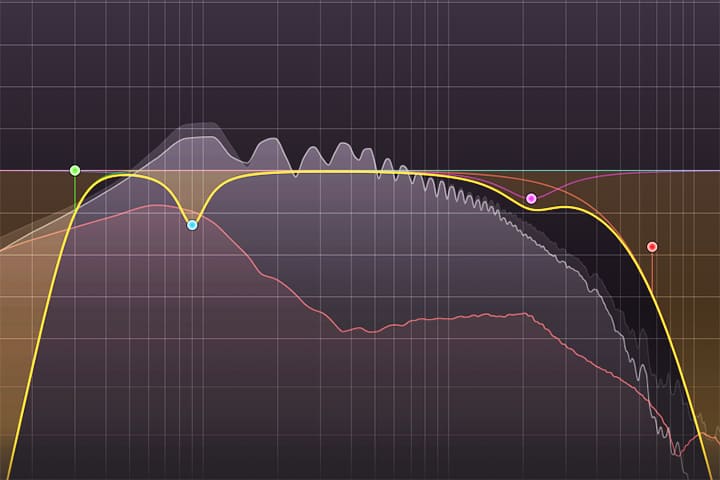
The low-end frequency range in modern music extends from 20-250 Hz. However, most of the low-end energy sits below 100 Hz. The sub bass frequencies occupy the 20-60 Hz range while the bass covers the 60-250 Hz range. As we know, overlapping low frequencies in this small amount of space causes several problems and reduces valuable headroom. Low-end separation is an effective way to combat most frequency masking problems.
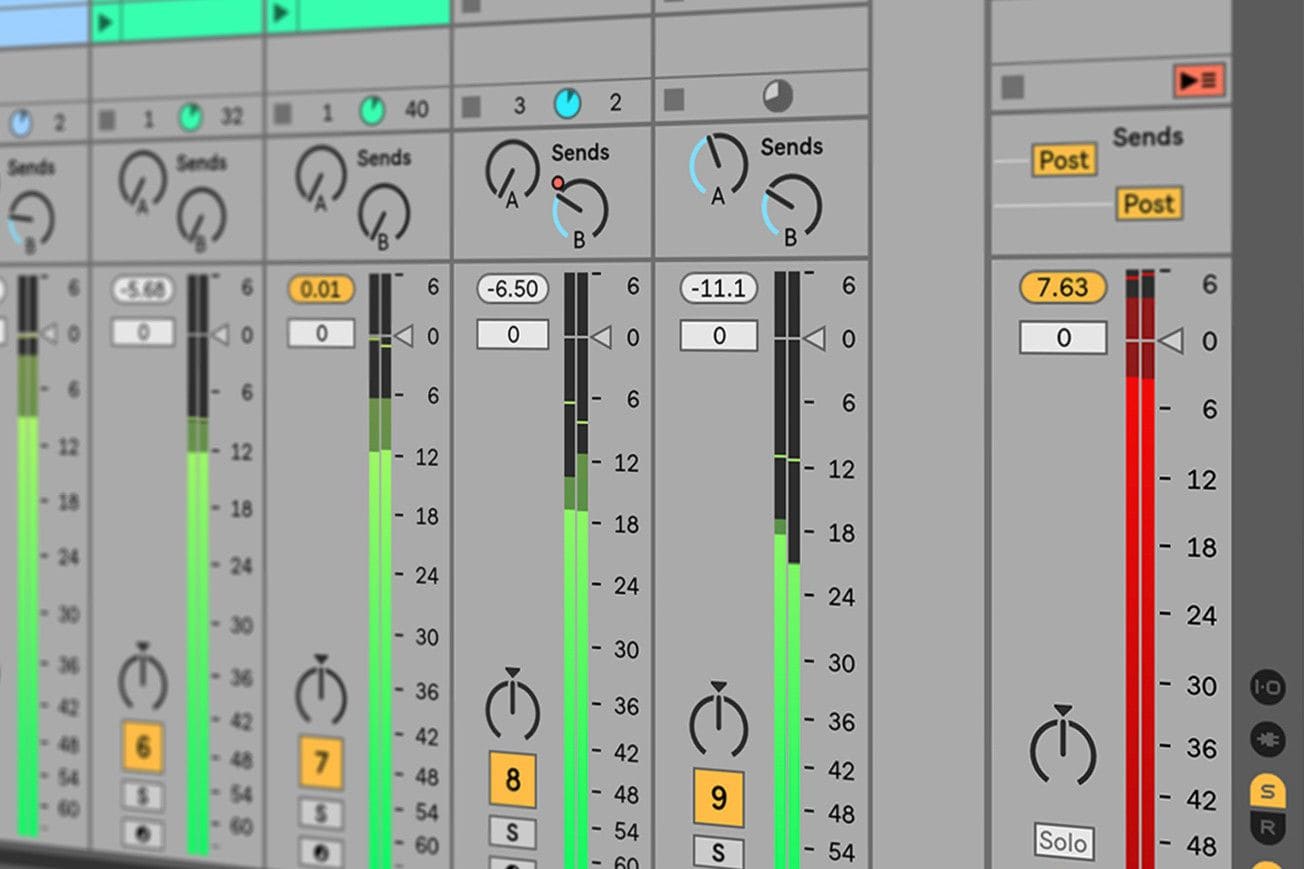
If there is masking occurring between 50-100 Hz, try removing frequencies from whichever instrument you chose to sit higher on the spectrum to make room for the lower instrument. You can use either a high pass or low shelving filter. Where you cut depends on how much low-energy presence you want to remove.
Next, inspect the kick somewhere around 80 Hz and remove any frequencies that will help the bass cut through the mix. Similarly, try checking the bass between 100-300 Hz and remove frequencies as needed to increase the kick’s presence in the mix.
SIDECHAIN COMPRESSION
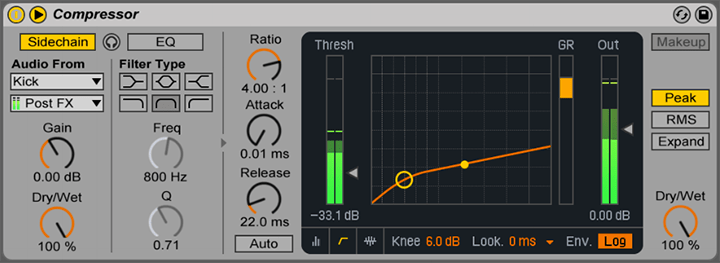
Sidechaining is highly effective at creating separation when the kick and bass patterns play at the same time. Sidechain compression also creates a rhythmic pumping effect which gives a sense of energy. This method allows the kick and bass to jive and interact with each other rhythmically. Alternately, there are more modern plugins like Xfer’s LFO Tool and Nicky Romero’s Kickstart that rhythmically change levels without routing audio.\
DYNAMIC EQUALIZATION
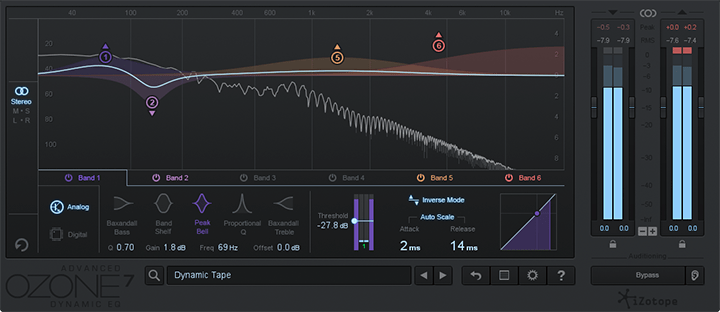
Dynamic EQing is an excellent alternative to sidechain compression and static reductive EQ as well. For example, cutting a notch in the bass to allow the kick to punch through the mix more clearly will affect the sound of the bass continuously throughout the song. You could automate the EQ filter to stop cutting the bass when the kick is not playing, or you can allow a dynamic EQ do the work for you. This is achieved by setting the specific frequency range you wish to cut from the bass and then using the kick as a sidechain trigger too quickly attenuate those frequencies from the bass whenever the kick plays.
PARALLEL PROCESSING
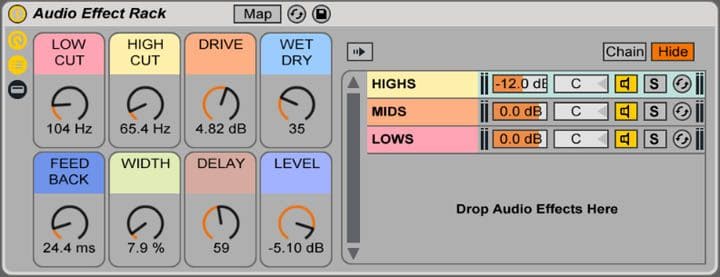
Parallel processing is an excellent technique used to give your sounds more power and punch without affecting the original sound source. This type of processing is often applied either by an effects wet/dry mix control or by routing sounds to an auxiliary track with effects loaded. This technique allows you to mix a processed signal with the original signal to achieve a fuller sound. A few examples include parallel compression, parallel saturation, and parallel reverb.
For any question you can contact us @ [email protected]

